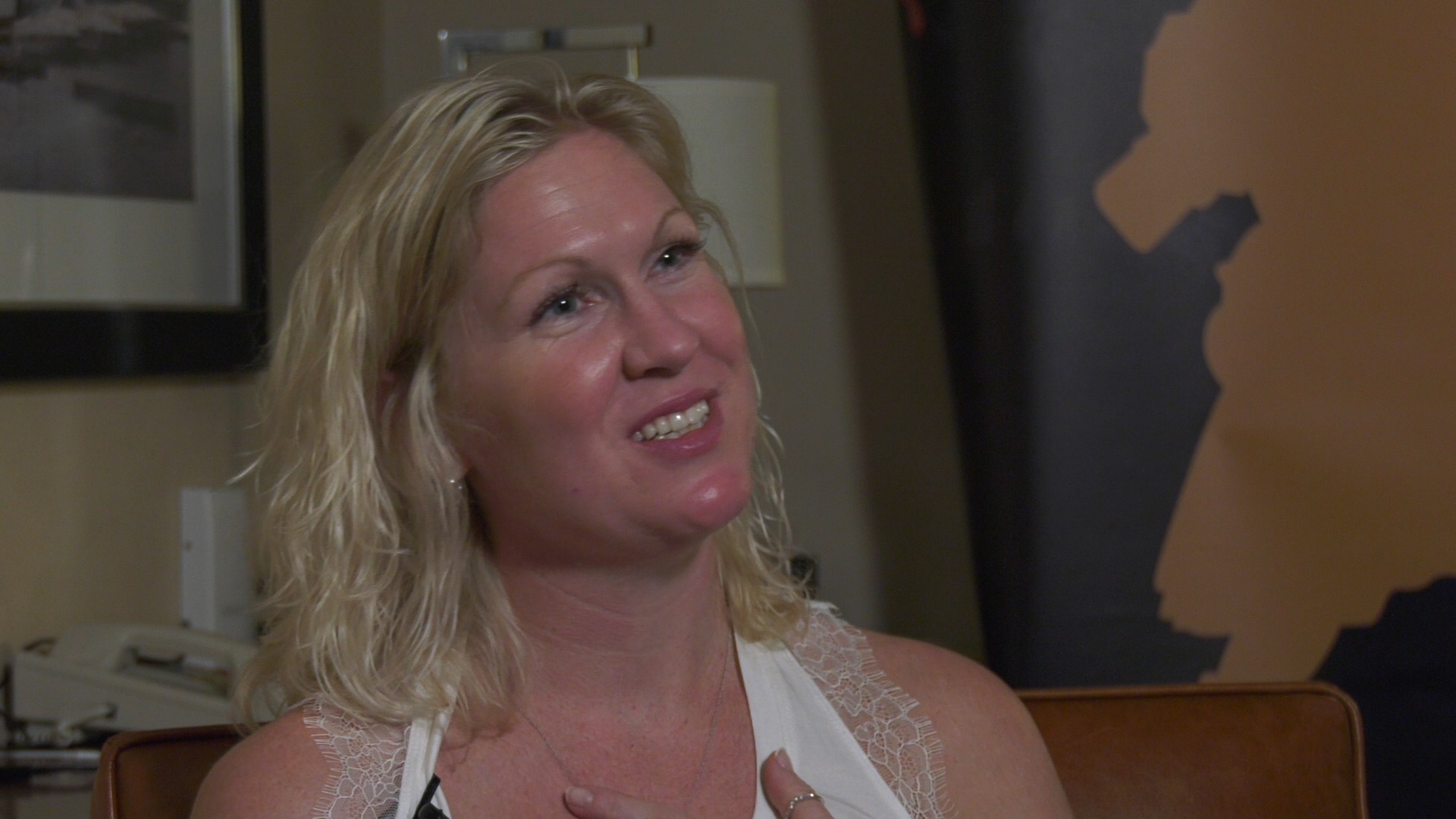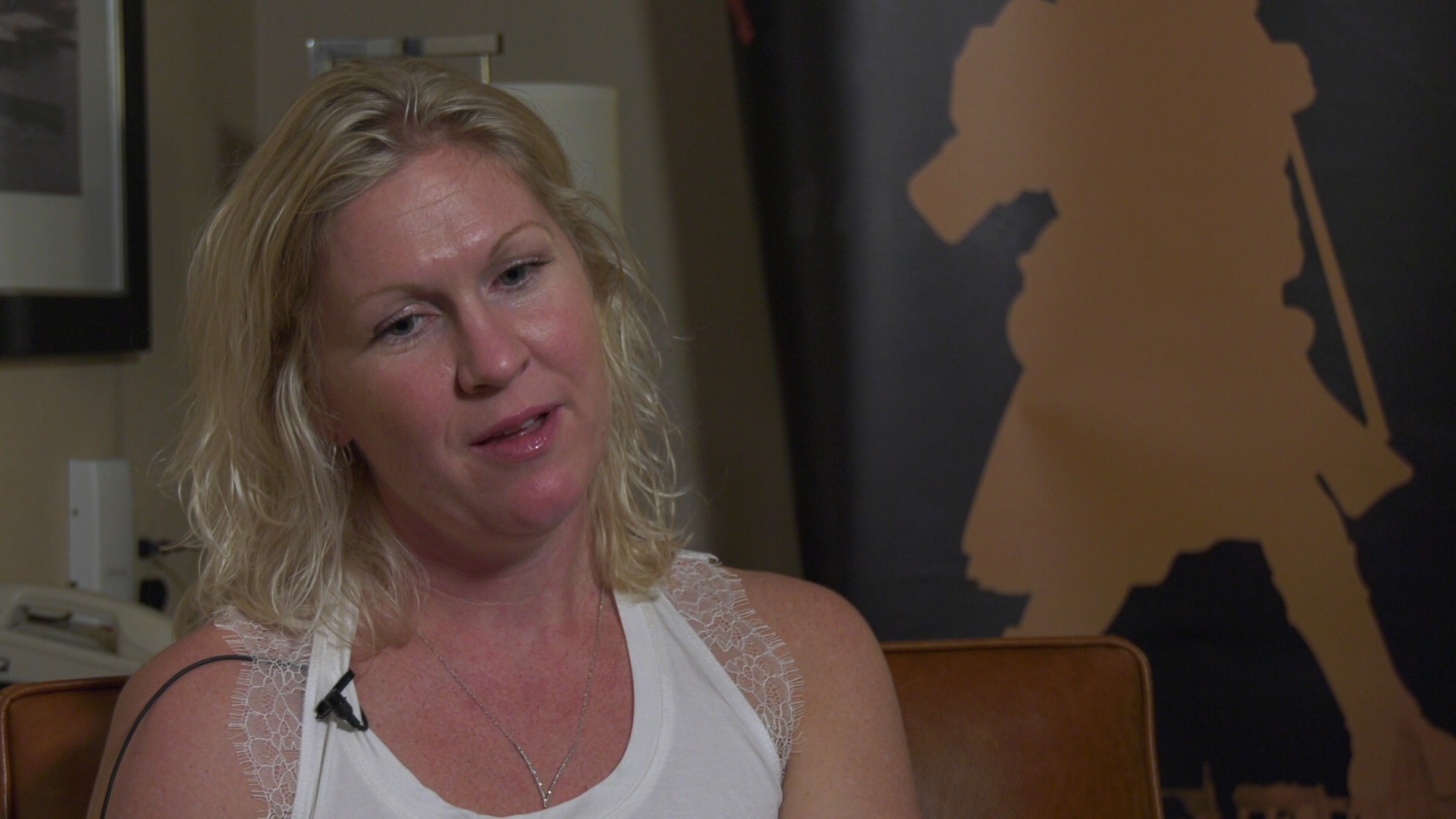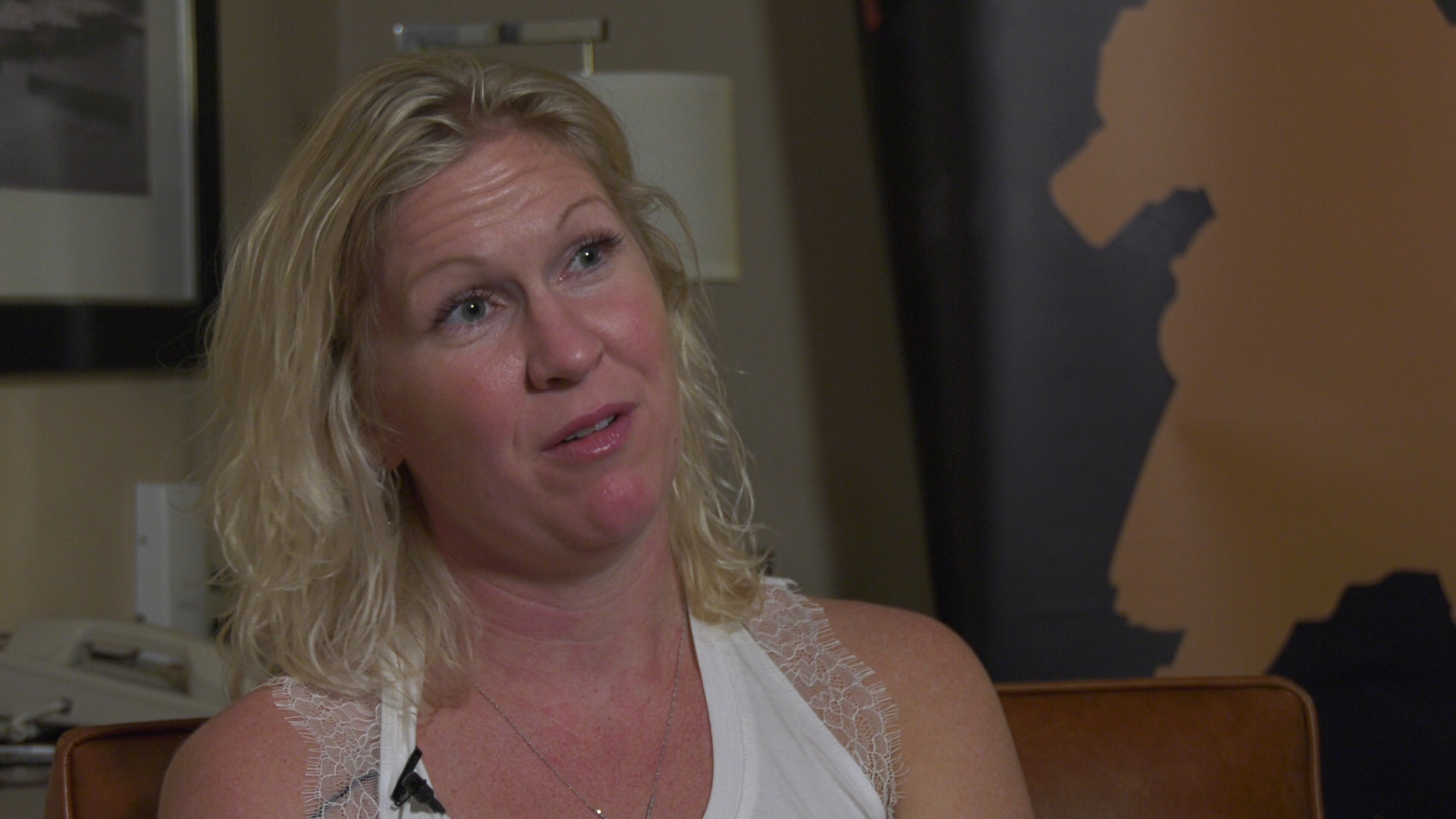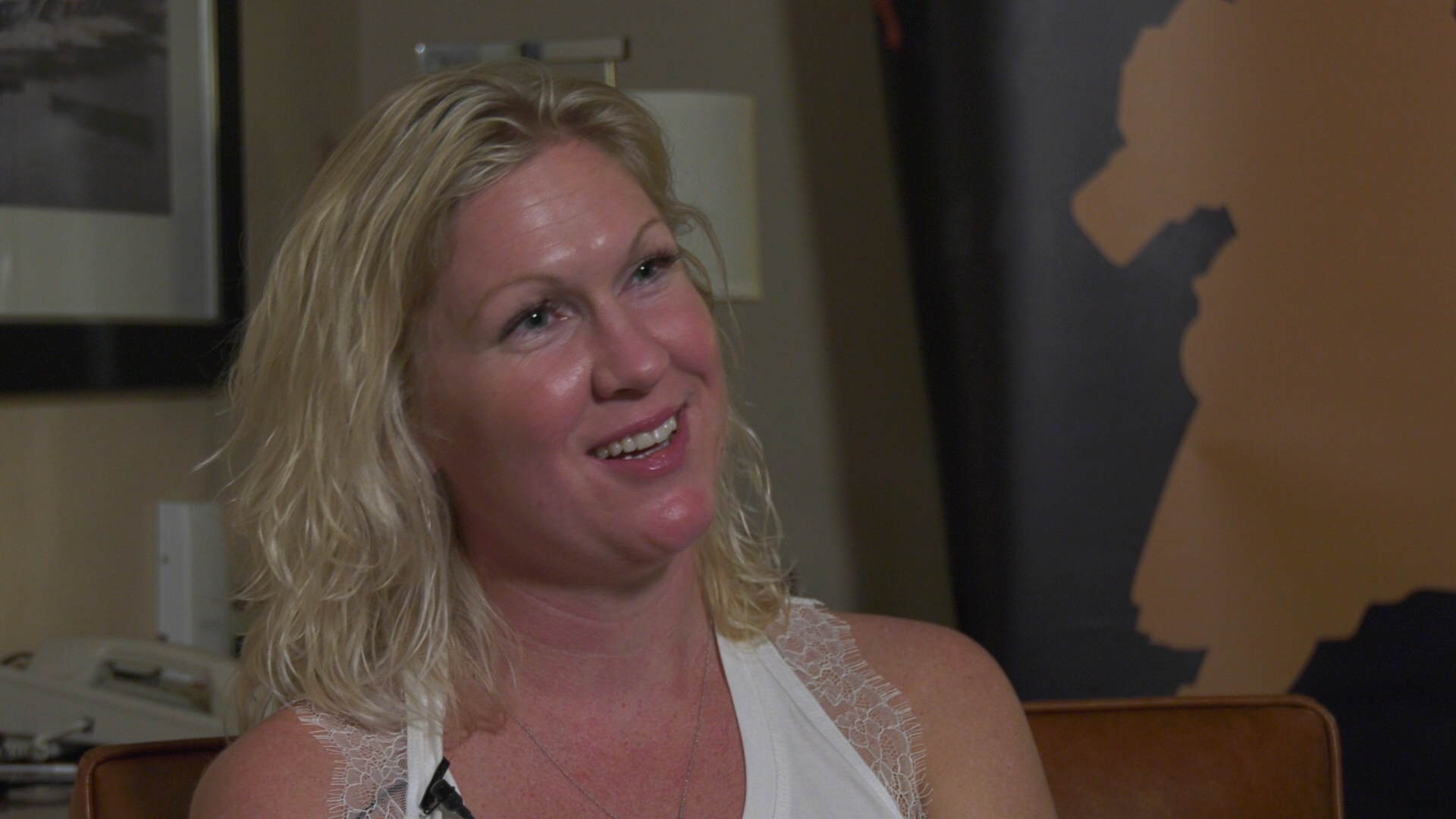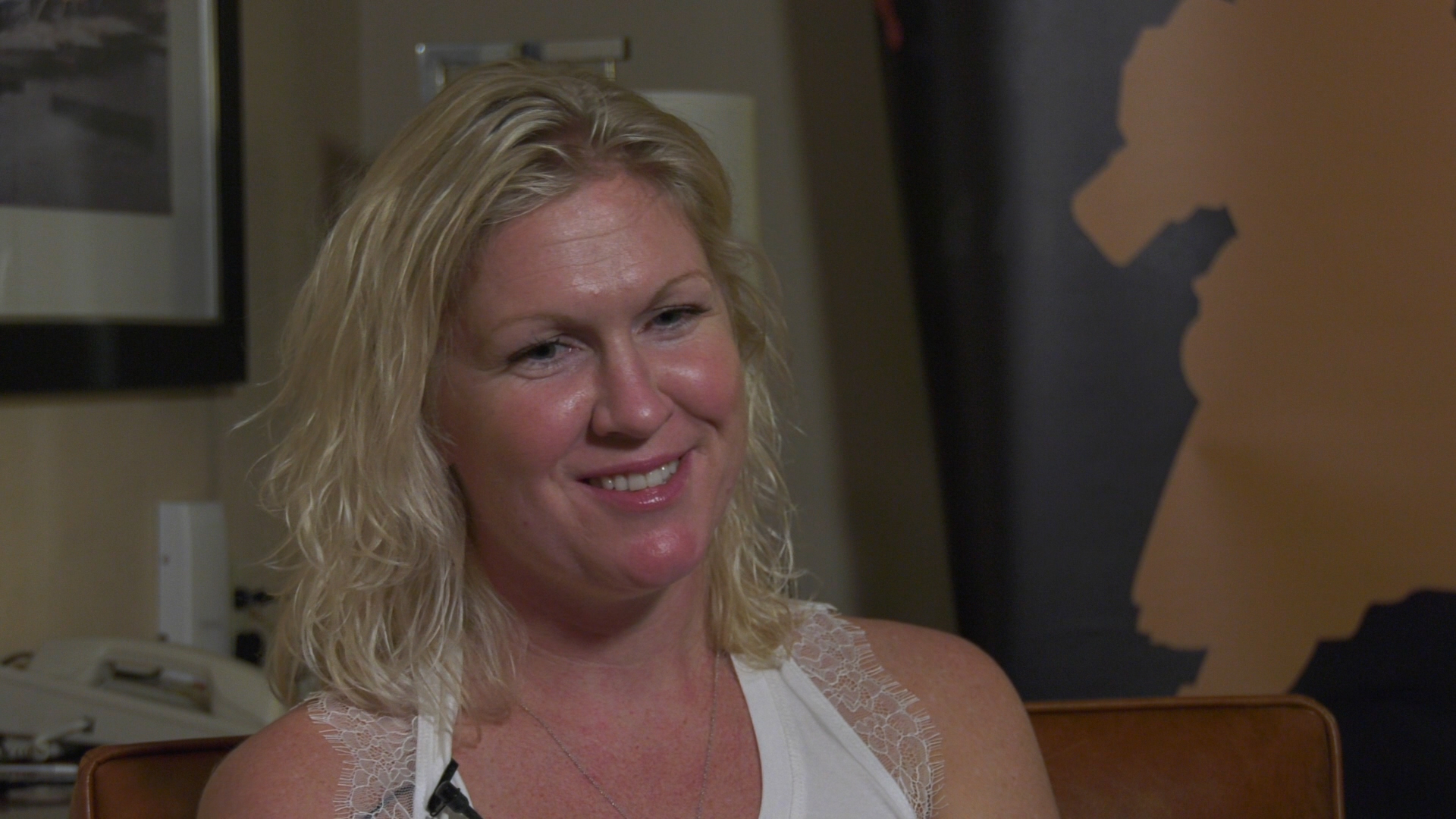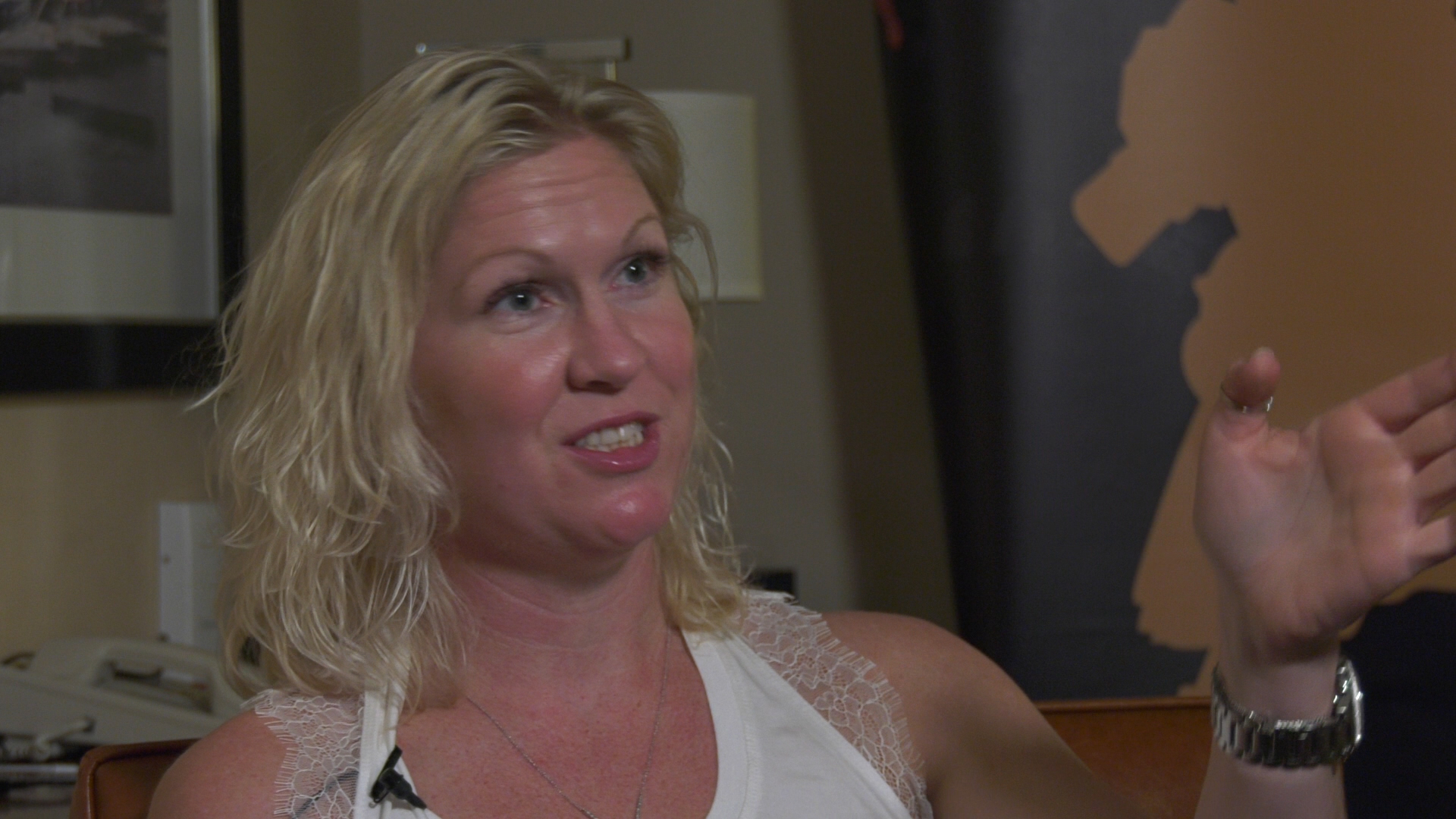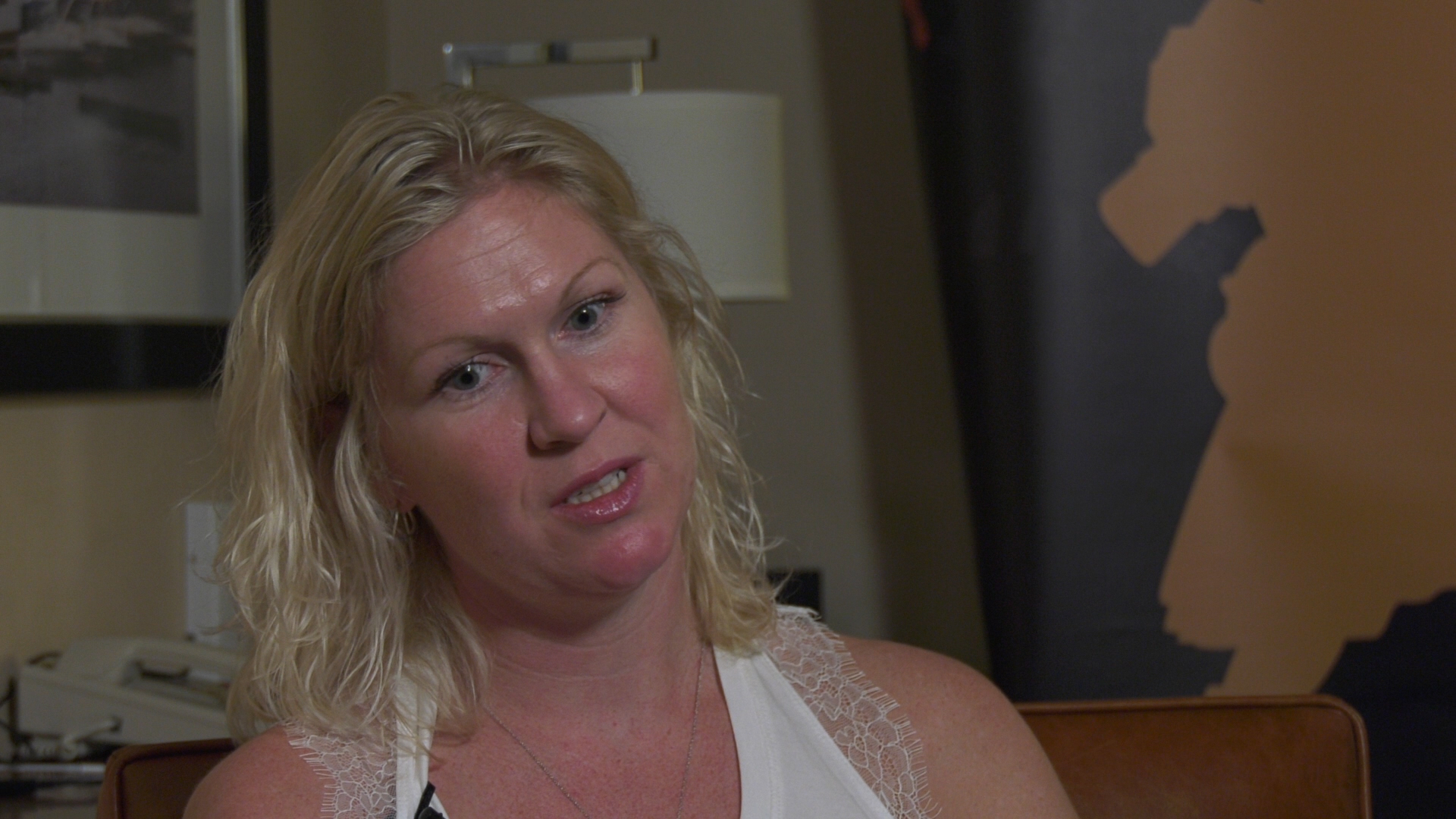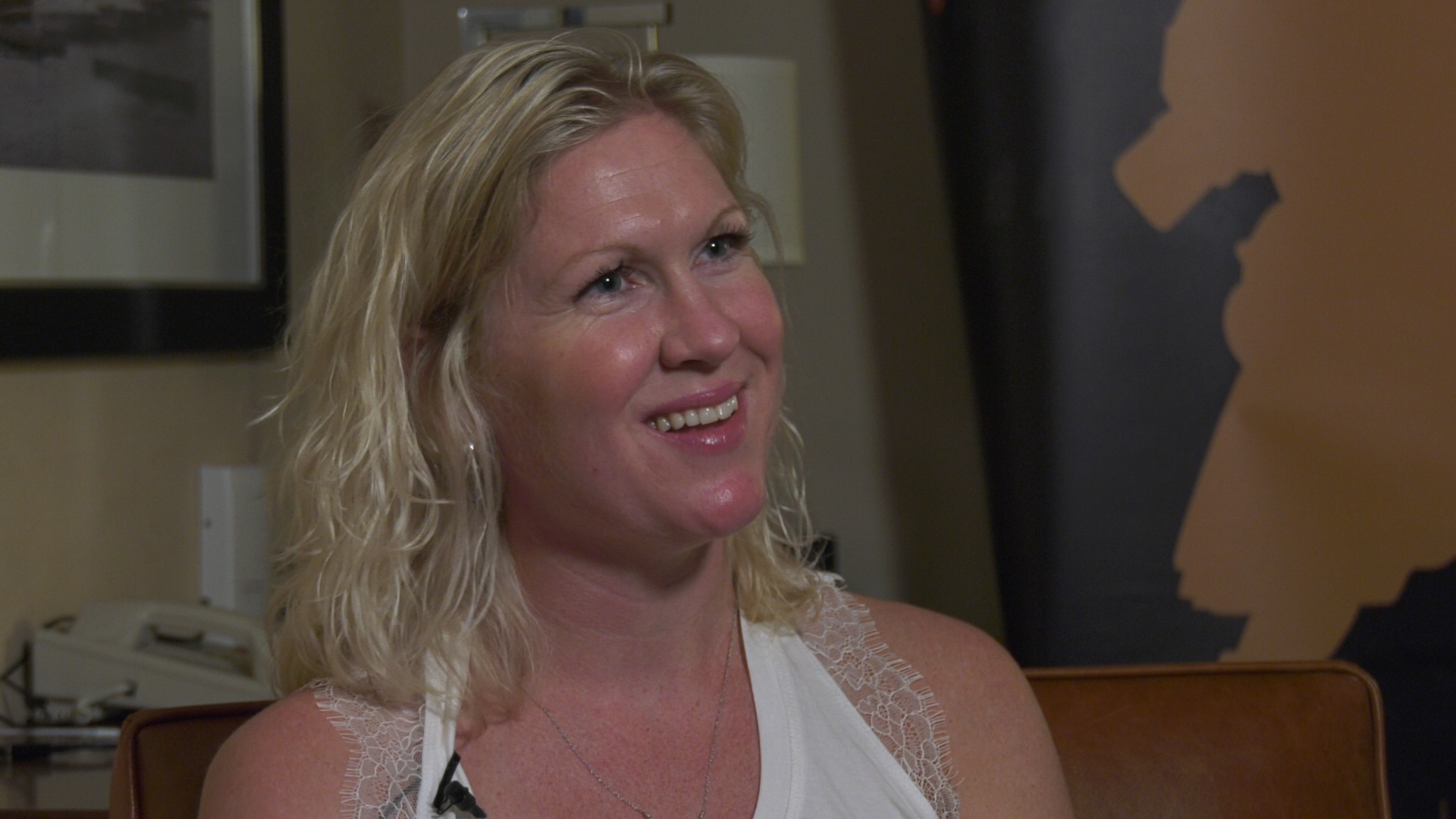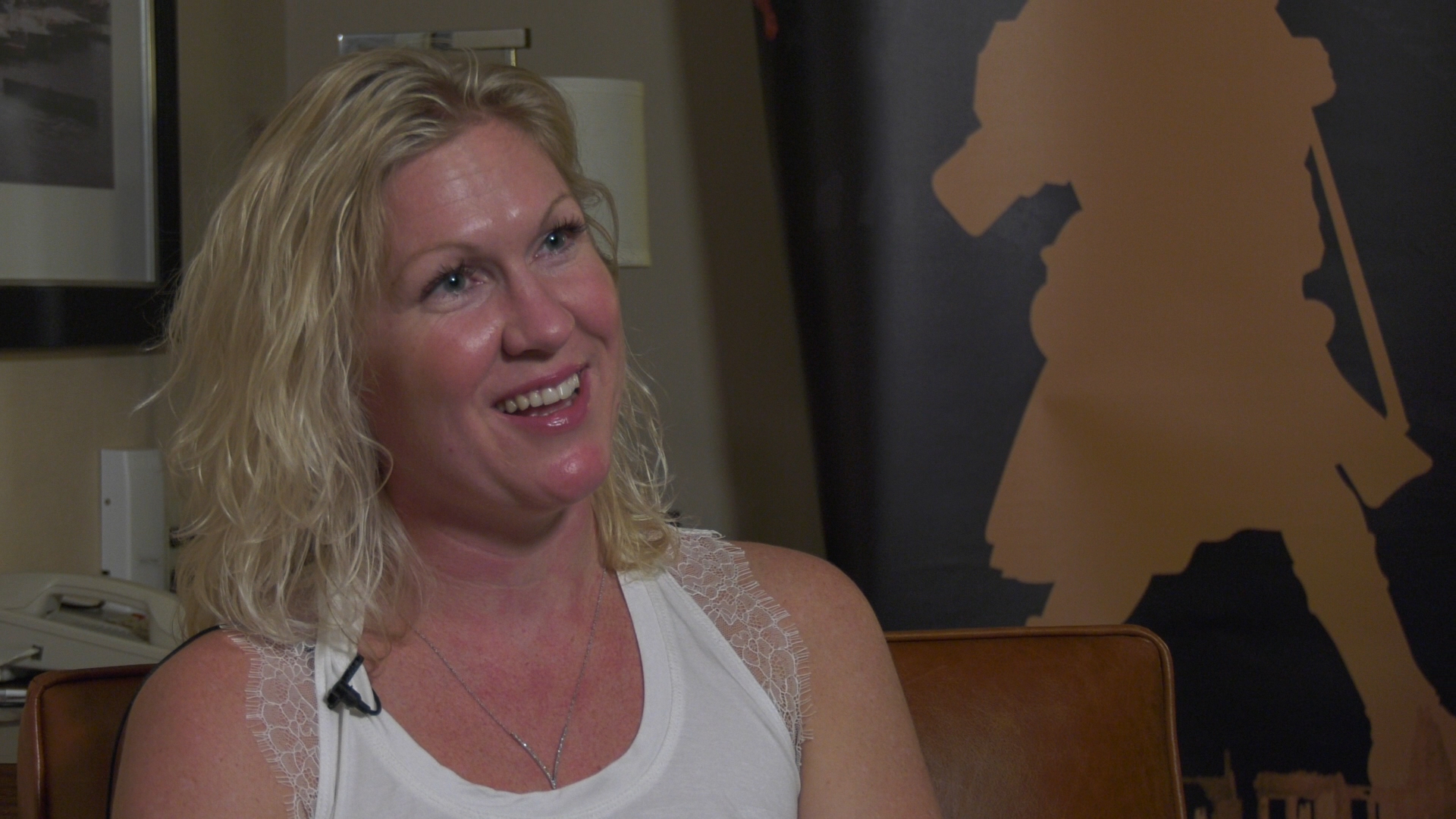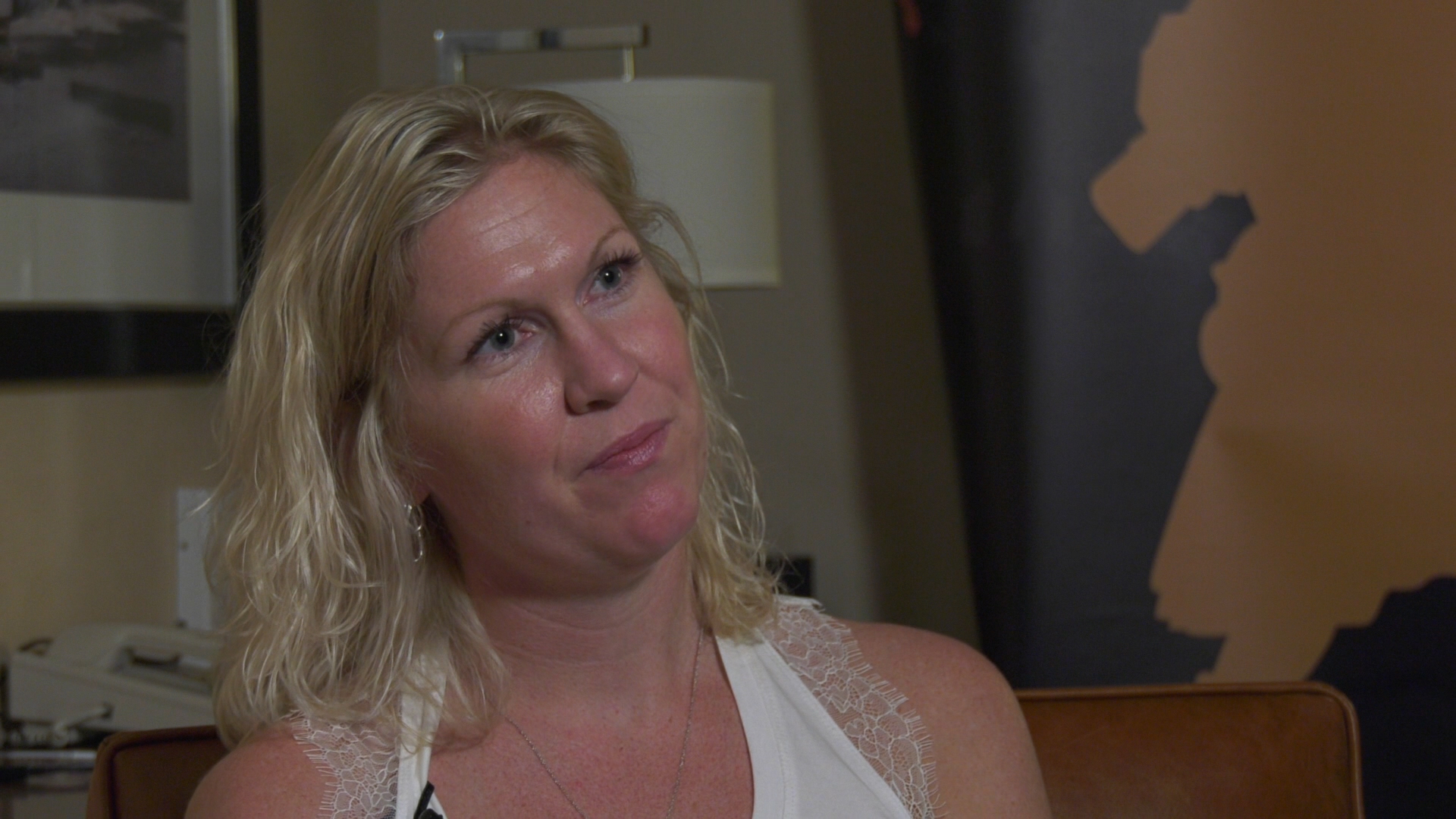First and foremost I think in 2006,
we kind of didn’t know what we were
really getting into and you can say
oh you’re going to a desert and
it’s going to be hot. Until that plane
door opens and you actually feel the
heat hit you and then look at all your
gear on the ground and pick all that
up and walk along, you know.
You can train for so many things but
until you actually kind of get on the
ground and have a sense,
oh this is the climate that I am going
to be working in. And the different
colours of brown on top of brown,
on top of brown. Dust everywhere,
various smells.
You kind of went back in time.
So when we got our kit and
settled and I went out to Kandahar,
I lived at the PRT downtown in
Kandahar city. By the time we got
out there we lived in g-wagons
at that point. It was like a jeep,
you could look out the windows.
You went back in time.
I felt like I was in biblical times.
You know growing up we had running
water and a roof over our head and
lights that turned on, you know,
you didn’t think about those things.
And seeing many children with garbage
strewn along the ditches and walking
a donkey barefoot where a six year old
is holding the one year old and the
five year old has the two year old and
then the brother is herding a couple
of sheep across the street.
Nothing can prepare you for that.
Where am I? Living in mud houses and
huts and what am I doing here?
How are we going to do anything here?
What are we even, how do we fix this?
You start to think about what we are
actually going to do over here.
As part of the reconstruction team at PRT
we are supposed to go hearts and minds,
see how we could implement,
check out in schools, wells for villages,
interact. I went to the women’s prison
as well to see what their living
conditions were like.
When a woman goes to prison she
has to take all her children with her.
So the prisons again are run
down courtyard.
The only way to really explain it is
it’s almost like horse stalls around
a courtyard and there’s a
mat in there and the woman and
her children live in there.
Some of them are co-located with
another woman and her kids and they
kind of have this dirt school yard that
they play in and that’s it.
It’s overwhelming. I am 22 or 23 years old
at the time and I am like trying to get
your head around this.
What you learn after weeks of living there,
what I learned anyway is you don’t
actually need very much to get by.
So very quickly ten extra pairs of
socks that I would carry in my ruck
went down to one. There was no
taking a second set of combats.
You learn very quickly how long you
can carry so much gear so you are
walking around and some days we
would just walk and sleep on the
ground or driving our vehicles,
a little convoy. You know we will
prove this road today,
we will see how far we get,
if we get any contact, you know,
enemy activity then we’ll deal with
that when it comes.
Our goal maybe we will get to point B
by Tuesday or something,
I don’t know. And you learn
very quickly what you are
willing to carry and not carry anymore so
I mean months into it your toothbrush
is gone, you don’t care about underwear,
you haven’t showered in a week
and there was no shampoo,
you got rid of that very quickly so
you learned to go with very little
because it became very unnecessary
very quickly actually.



